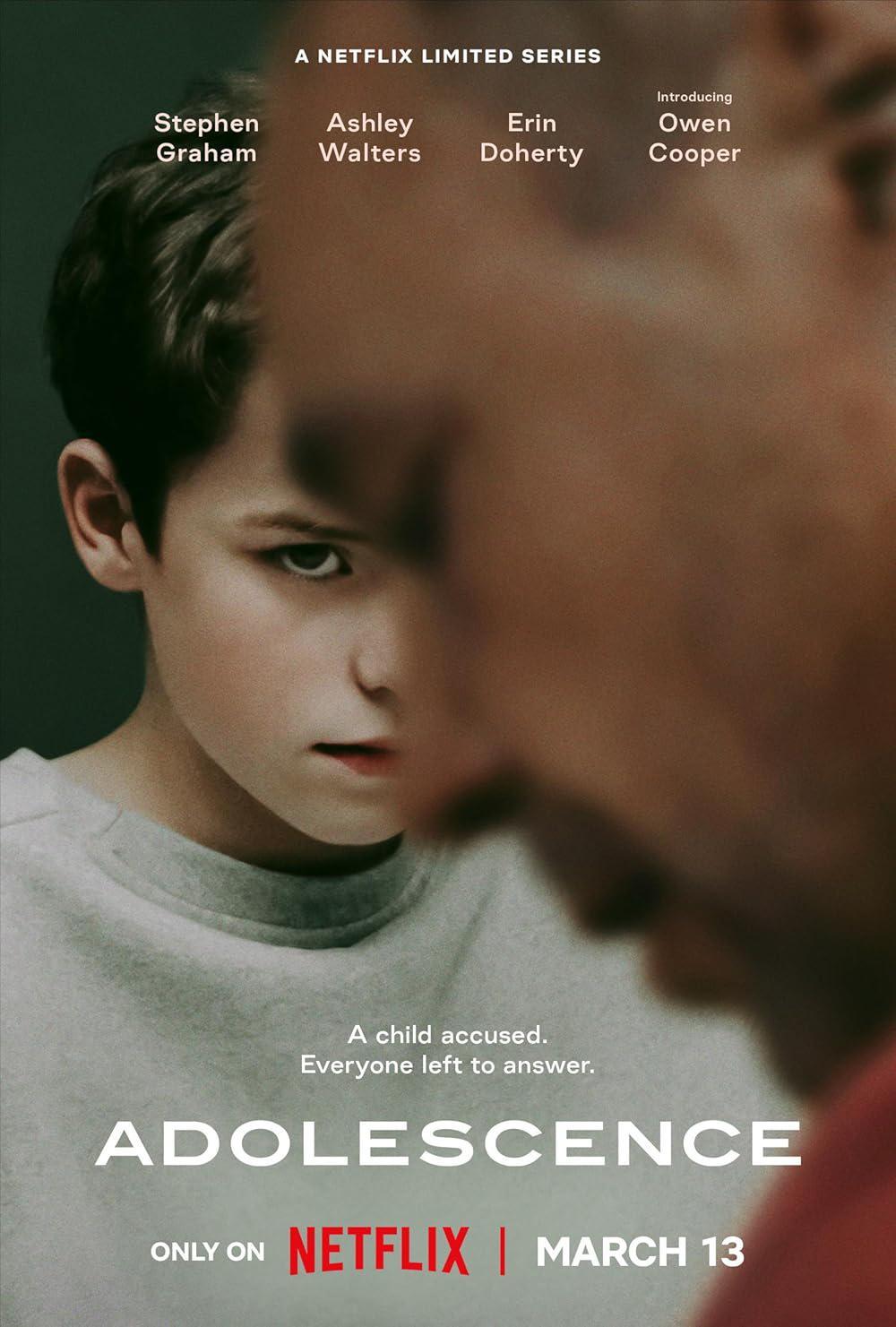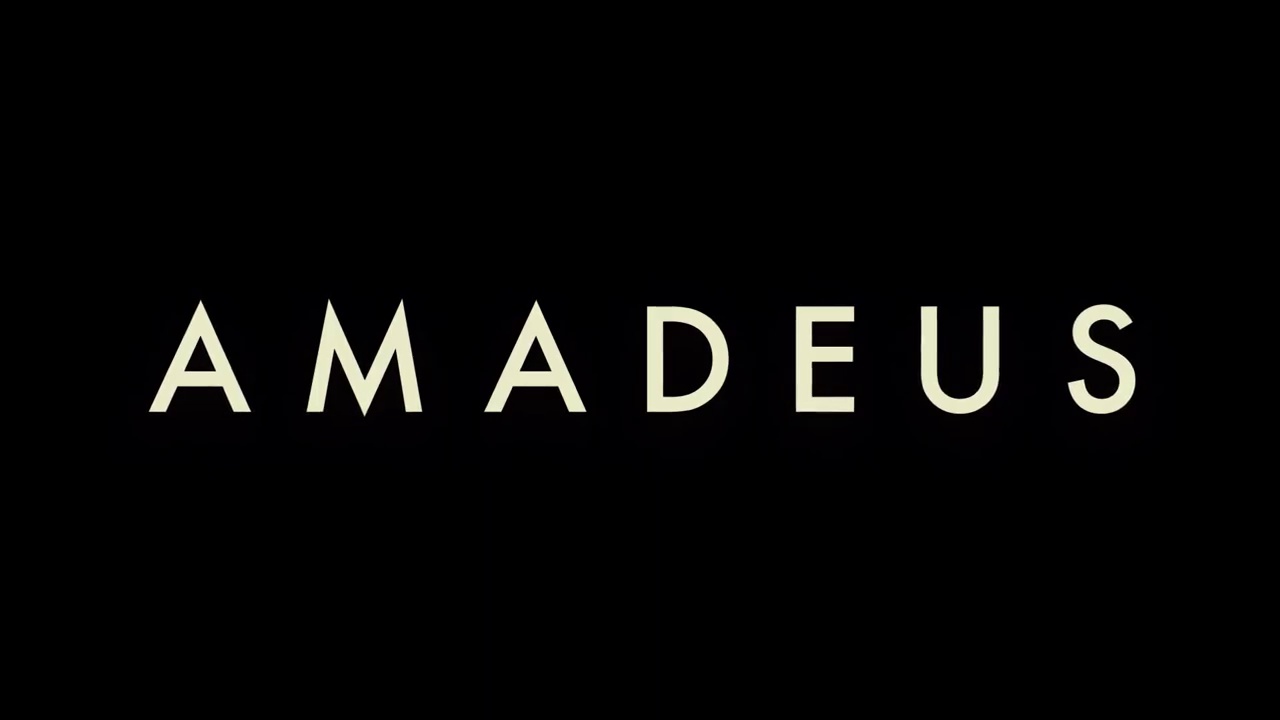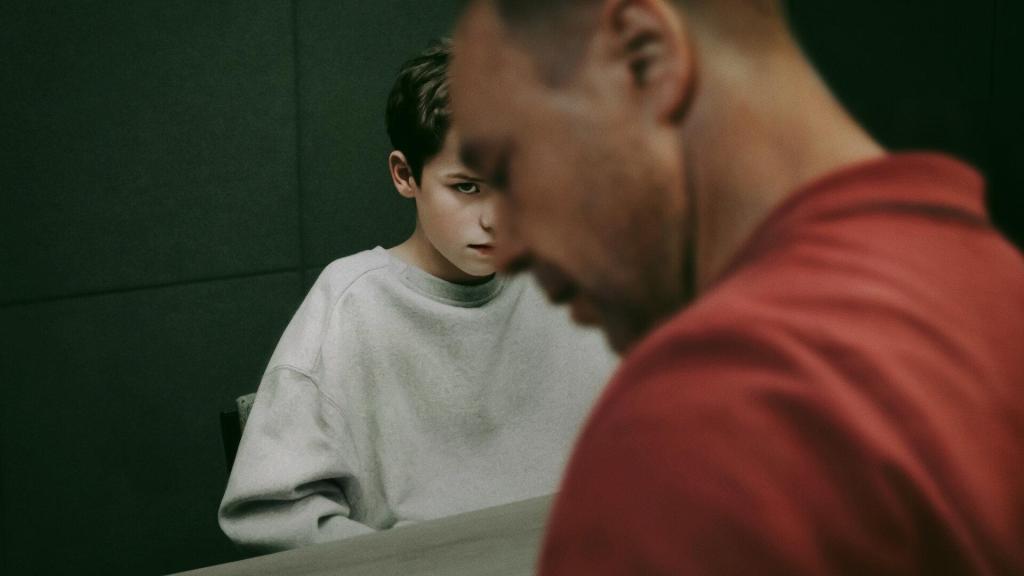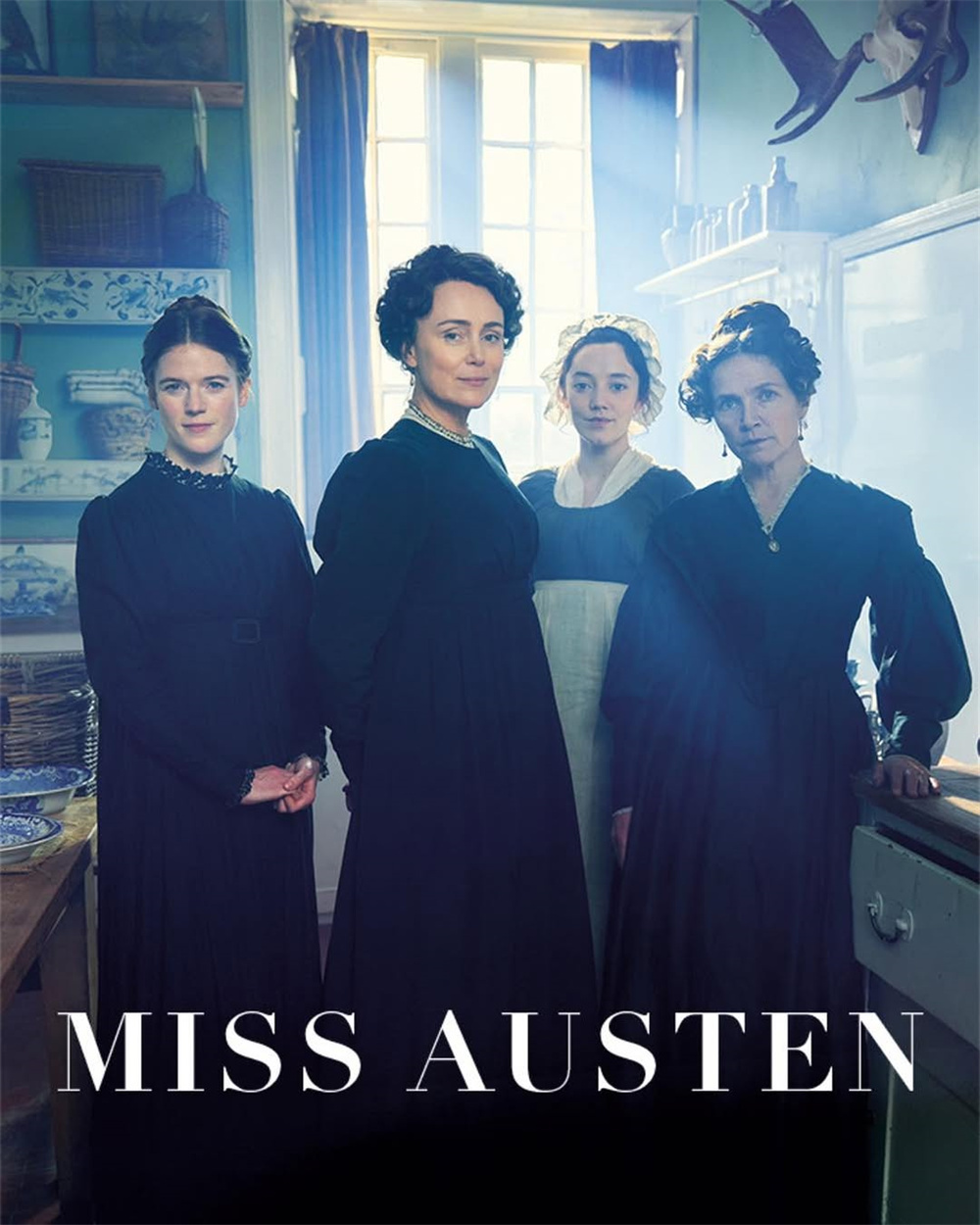
In mid-March, the British TV series Adolescence was released on the Netflix platform, and immediately received high scores on various film and television rating websites, including a 99% freshness rating from professional reviews on Rotten Tomatoes, a 90-point overall rating from critics on Metacriticism, and 8.4 points on IMDb and 8.7 points on Douban, which can be said to have received rave reviews.

Poster of Chaos Boyhood
Even if you haven't watched the series yet, knowing that it focuses on a case in which a 13-year-old boy stabbed a girl of the same grade to death with seven knives, and that each episode was shot in one take, it's hard not to be curious. However, after watching it, the impeccable acting and smooth camera movements finally turned into a lead block in my heart. Perhaps this is the key to the series' high score: it is not a gimmick of horrific cases, nor is it a show of skill with precise long shots, but it tries to cut open the dark spots of the times with an objective perspective as much as possible, asking where the next generation is going in the current situation of human failure, parental dereliction of duty, and social dysfunction.
Four episodes, one main scene per episode
The entire series of "Chaotic Youth" consists of only four episodes, and each episode is fixed in a main scene, namely the police station, school, interview room, and home. On the one hand, each episode is self-contained, like a micro-film with a meticulous structure and complete content. On the other hand, although the four episodes are advanced in chronological order, they do not lay out the panoramic view of the teenager's life like "A Brighter Summer Day", but break through the traditional linear narrative, by showing different aspects of the incident, analyzing the various motivations behind it.

Stills from "Chaos Youth"
The opening of the play begins with an anti-climax narrative. The police broke into the house in the early morning and took 13-year-old Jamie Miller to the police station for questioning as a suspect in a murder case. There was no tortuous investigation and evidence collection, nor fierce sophistry. As for the sensational crime process, it was just a surveillance video shot from a long distance and not clear. And from Jamie, who was frightened and panicked and repeatedly claimed that he did not kill anyone, there was no trace of the evil child in the sense of "born bad" commonly seen in genre films. Before the police showed the surveillance, it was even doubted whether the case would be reversed.
In addition to the case and the reaction of the protagonist Jamie, this episode uses cold-key shots to show how the police follow the procedures step by step. The police station is only one block away from Jamie's home, and the police knew in advance that the suspect was only 13 years old, but they still made a big scene and carried out the detention task with live ammunition; in the police station, even if adults were specially arranged to accompany them, they also mechanically completed the tasks from confirming their identities, informing them of their rights, asking about their demands, to showing surveillance during the hearing - Jamie's underage status was completely dissolved in the standardization of the system. In other words, the state machine represented by the police has no intention of facing up to the particularity of juvenile criminals, but only treats them as ordinary criminals. Isn't this a kind of social dysfunction?

Stills from "Chaos Youth"
Among the four episodes, the most exciting part of the mise en scene is in the second episode. Two police officers, a man and a woman, come to Jamie's school to investigate the whereabouts of the murder weapon. The police officers who represented the state apparatus in the previous episode bear multiple identities as parents and former students in this episode. However, the superposition of identities does not help them decode the code words of today's minors. Emojis on social media, the meaning of red and blue pills, the 80/20 rule (80% of women are attracted to 20% of men), the proper noun incel (involuntary singles), and the rhetoric of Andrew Tate, an Internet celebrity known for advocating masculinity, etc. These "common sense" that minors know by heart have become "obvious knowledge" that adults do not understand.
Although Jamie himself did not appear in this episode, the group portraits of teachers and students shown by the camera constantly shifting between various classes, cafeterias, and playgrounds are enough to imagine his campus life. The bigger shock may be that the boy who wielded a knife because of a mocking comment left by a girl on social media could be Jamie, or one of Jamie's friends, or the son of a police officer who was bullied on campus. Perhaps because of this, the police officers who were confident in the previous episode became helpless and confused at the end of this episode.

Stills from "Chaos Youth"
The 13-year-old Jamie's mental world was not truly revealed until the third episode, which is also the most tense episode. In a cramped space like a stage, the young female psychologist tried to use her professional skills to guide Jamie to reveal his true thoughts. However, she gradually discovered that in Jamie's eyes, she was just a prey like Katie. He was complacent about playing psychological tactics to suppress adult women, just as he planned how to take advantage of Katie when she was hurt. Once he failed to achieve his goal, he would go on a rampage and destroy himself after being angry.
In the final analysis, what Jamie really desires is neither love nor sex, but to win the recognition and acceptance of the male community through the spoils, just like what he was most worried about after being arrested was disappointing his father. It is precisely because he symbolizes women as prey that when he slashed at Katie, he didn't even realize that he was taking another person's life, and he had no mercy or remorse. This is the most horrifying interpretation of the whole incident.
In the fourth episode, the camera turns to the situation of Jamie's family, who are looked down upon by the community after the case was exposed. In the eyes of Jamie's mother, her son is locked in his room playing computer games after school, thinking that he will not learn bad things if he does not hang out outside; and Jamie's father did not let his children repeat the childhood of beatings, thinking that this is competent. They don't know what they did wrong, but they can't deny that they gave birth to the murderer and suffered the double harm of the perpetrator and the victim. At this point, the fragments originally scattered throughout the film can be pieced together to form a complete picture.

Stills from "Chaos Youth"
A character on the screen is also a prism of the times
According to a report issued by the Commission into Countering Online Conspiracies in Schools in the UK in February this year, although the age limit of most social media platforms is 13 years old, 77% of children aged 11-12 still use social media. This data confirms the conclusion of a wider study: social media content is reshaping the worldview of teenagers. The name of Andrew Tait mentioned in the play is an online celebrity who is famous for his misogynistic tough guy image and is sought after by underage men.
In 2023, The Guardian published an article titled "How Andrew Tait Influences Minors" which revealed that the online course he runs, called "Hustler's University", costs $49.99 per month, and some of the students are minors as young as 13. "Middle school students are at a critical stage of exploring their self-positioning and world cognition. Andrew Tait's worldview, which puts you at the center of the universe and makes other groups submit, has a fatal appeal to this group of people," explained Mairead Moloney, an associate professor of sociology at the University of Kentucky who specializes in studying online misogyny.

Stills from "Chaos Youth"
In addition, Pasha Dashtgard, director of the Polarization and Extremism Research and Innovation Lab (PERIL) at American University, analyzed that "Tate targets the common anxiety of adolescent boys - not knowing how to get along with the opposite sex and lack of security, and sells the cultural capital of 'mastering social codes'." In his opinion, Tate's remarks accurately hit the psychology of boys who have lost their voice in the mainstream narrative of feminism. "Many boys are confused about 'not knowing how to fit into this context, and feminist ideas seem to have no other use except criticism and devaluation'. This cognitive gap provides space for speculators to infiltrate. Tate essentially continues the profit-making tradition of 'provocative artists' - cashing in through offensive remarks."
Stephen Graham, the creator of "The Boys Who Make You Young" and the actor who plays the father in the play, was inspired by two real cases of teenagers stabbing underage girls in 2021 and 2023, and came up with the idea of writing the script. The 13-year-old murderer Jamie is not only a character on the screen, but also a prism of the times, reflecting the spiritual chromosomes of Generation Z teenagers reshaped by the flood of data - under every misogynistic declaration on social media, in every like of inflammatory extreme remarks, thousands of Jamie's mirror fragments are floating in the sea of pixels...


